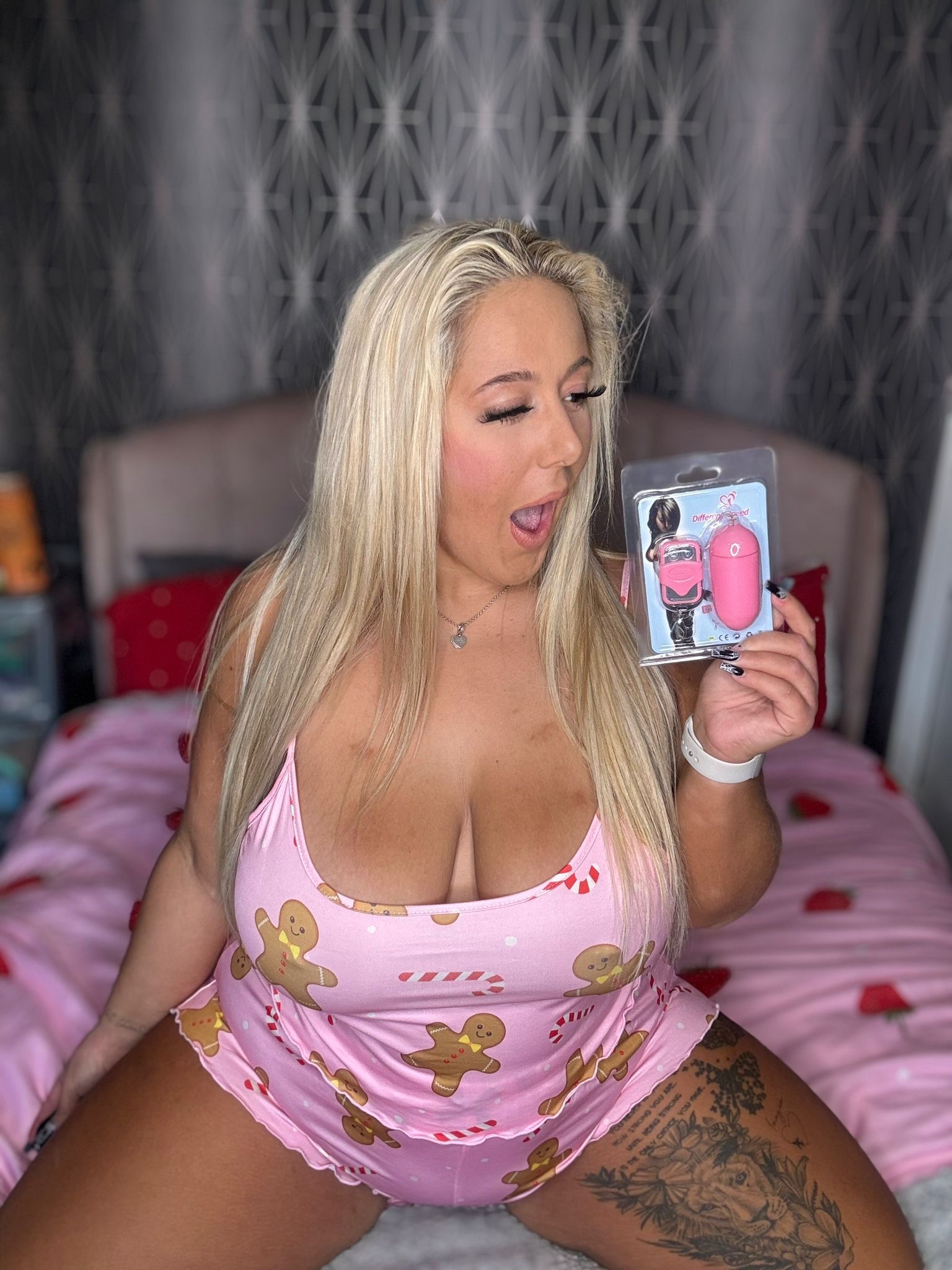Defining Queerplatonic Relationships
Queerplatonic relationships (QPRs) are a form of intimate connection that falls outside of the traditional categories of romantic and sexual relationships.
These relationships emphasize emotional intimacy, companionship, and shared experiences without necessarily involving romantic or sexual attraction.

Here’s what distinguishes QPRs:
* **Emphasis on platonic love:** QPRs prioritize deep friendship, loyalty, and affection, similar to a close platonic bond.

*
Non-romantic, non-sexual (often):
While some QPRs may involve sexual intimacy or romantic feelings, the core of the relationship is based on a platonic foundation.

* **Defined boundaries and agreements:** Like other relationships, QPRs often benefit from clear communication about expectations, needs, and boundaries.
QPRs can take various forms, including:
1.
Best friend with a deeper connection:
A platonic friendship that evolves into something more profound, marked by intense emotional closeness.
2.
Soulmates without romance:
A deep connection with someone who feels like a kindred spirit, offering companionship and understanding without romantic expectations.
3.
Familial bonds beyond blood relatives:
A chosen family member who provides love, support, and belonging.
The rise of QPRs reflects a growing understanding and acceptance of diverse relationship models within the LGBTQ+ community. They offer an alternative to traditional romantic norms and provide space for individuals to explore intimacy and connection on their own terms.
Queerplatonic relationships are a significant and growing phenomenon within the LGBTQ+ community, challenging traditional notions of romance and intimacy.
They represent a spectrum of loving, committed connections that exist outside of the confines of romantic partnerships.
Defining queerplatonic relationships requires moving beyond heteronormative assumptions and embracing a wider understanding of what constitutes meaningful connection.
Here’s a deeper look into this evolving concept:
- Beyond Romance:** Queerplatonic relationships are fundamentally about platonic love—deep affection, care, trust, and intimacy—without the expectation or desire for sexual or romantic involvement.
- A Spectrum of Intimacy: Just like romantic relationships, queerplatonic connections can vary greatly in intensity and expression. Some may be intensely close, resembling a chosen family, while others might be more casual but deeply valued friendships.
- Recognizing Diverse Needs: Queerplatonics offer an alternative to the pressures and expectations often associated with romantic relationships, allowing individuals to cultivate fulfilling connections that align with their personal needs and desires. For some within the LGBTQ+ community, these relationships can provide a sense of belonging, emotional support, and stability without the complexities of navigating heteronormative societal pressures.
- Challenging Norms: The existence of queerplatonic relationships challenges traditional binaries of “friend” versus “lover” and encourages a more fluid understanding of intimacy. It recognizes that love can manifest in many forms, not all of which need to be defined by sexual or romantic desire.
- A Growing Community: As awareness of queerplatonics increases, so too does the community surrounding them. Online platforms and support groups provide spaces for individuals to connect, share experiences, and explore the complexities of these relationships.
Ultimately, understanding queerplatonic relationships requires embracing their complexity and celebrating the diverse ways in which people choose to love and connect with one another.
Queerplatonic relationships (QPRs) are a relatively new term that describes intimate, loving connections between people that do not involve romantic or sexual desire. They encompass a spectrum of relationships that fall outside the traditional binary of erotic toys romantic and platonic love.
The concept of QPRs emerged as a way to acknowledge and validate the diverse experiences within the LGBTQ+ community. Many individuals, especially those who are asexual, aromantic, or gender non-conforming, found existing labels like “best friend” or “romantic partner” insufficient to accurately describe their deep, meaningful connections.
“Queerplatonic” itself combines two concepts: “queer,” which signifies a rejection of societal norms and expectations surrounding sexuality and gender identity, and “platonic,” referring to relationships based on friendship and affection without romantic or sexual implications.
QPRs can take many forms and vary widely in terms of commitment level, intimacy, and expression. Some common characteristics include:
• Deep emotional intimacy and trust
• Shared values, interests, and goals
• Mutual respect and support
• Physical touch and affection may be present, but it is not inherently sexual in nature.
Understanding the nuances of QPRs requires recognizing that they are not simply “less than” romantic relationships. They offer a unique space for individuals to experience love, intimacy, and connection outside of traditional expectations.
The growing recognition and acceptance of QPRs contribute to a broader understanding of love’s diverse manifestations within the LGBTQ+ community and beyond.
The Rise of Queerplatonic Awareness
The term “queerplatonic” entered the lexicon relatively recently, gaining traction in online LGBTQ+ spaces during the mid-2010s. While its roots can be traced back to earlier discussions about non-romantic, platonic bonds within queer communities, the coining and popularization of the term marked a significant shift in how these relationships are understood and articulated.
Prior to this, many individuals in LGBTQ+ communities may have experienced or desired close, intimate friendships that lacked romantic elements but didn’t fit neatly into traditional societal norms. The language simply wasn’t available to accurately describe these connections.
Several factors contributed to the rise of queerplatonic awareness:
-
Increased Visibility and Acceptance of LGBTQ+ Identities:
As LGBTQ+ individuals have become more visible and accepted in mainstream society, there’s been a growing need for more nuanced language to encompass the full spectrum of human relationships.
-
The Power of Online Communities:
The internet has played a crucial role in fostering connection and shared experiences for LGBTQ+ individuals. Online forums, social media groups, and dating apps allowed people to connect with others who shared similar relationship preferences and values. This facilitated the discussion and understanding of queerplatonic relationships.
-
Deconstruction of Traditional Relationship Norms:
Contemporary society is increasingly challenging traditional gender roles and relationship models. This broader cultural shift has created space for alternative relationship styles, including queerplatonic ones, to be explored and legitimized.
The rise of queerplatonic awareness has had a significant impact on the LGBTQ+ community:
-
Validation and Empowerment:
For individuals who experience or desire queerplatonic relationships, this newfound terminology provides validation and recognition. It affirms that their chosen relationship style is valid and worthy of respect.
-
Expanded Understanding of Love and Intimacy:
By acknowledging the existence and importance of queerplatonic relationships, society expands its understanding of love and intimacy beyond the traditional romantic paradigm.
-
Challenging Heteronormativity:
The emphasis on platonic intimacy within LGBTQ+ communities challenges the heteronormative assumption that all close relationships must be romantic.
The concept of queerplatonic relationships continues to evolve and gain wider acceptance. As language evolves, so too will our understanding of different relationship dynamics within the LGBTQ+ community and beyond.
The concept of “queerplatonic” emerged as a way to describe intimate, deeply personal connections that don’t necessarily involve romantic or sexual attraction.
While the term itself is relatively recent, the underlying experiences it represents have existed for centuries. Historically, these relationships might have been understood within frameworks of deep friendship, chosen family, or platonic love, but lacked a specific vocabulary to define their unique nature.
The rise of queerplatonic awareness can be traced back several decades, coinciding with broader social shifts in the LGBTQ+ community’s understanding of love and relationships.
1.
Emergence within online communities:
In the early 2000s, queerplatonic concepts began to coalesce and gain traction within online spaces, particularly on platforms like LiveJournal and Tumblr. These digital spaces offered a safe haven for individuals to explore their identities and connect with others who shared similar experiences.
2.
Challenging normative expectations:
The rise of queerplatonic awareness challenged traditional notions of relationships, particularly those centered around heteronormativity and romantic love as the sole measure of intimacy.
3.
Expanding the LGBTQ+ lexicon:
By providing a specific term for these non-romantic, yet deeply meaningful connections, queerplatonic discourse broadened the LGBTQ+ lexicon and fostered greater understanding and inclusivity within the community.
4.
Mainstream visibility:
In recent years, queerplatonic relationships have gained increasing mainstream visibility through popular media, documentaries, and academic research. This growing awareness has helped to normalize these relationships and challenge societal assumptions about love and connection.
While the journey towards full acceptance and understanding of queerplatonic relationships continues, the significant strides made in recent years demonstrate a growing recognition of the diversity of human connections and the importance of inclusive language and frameworks.
The term “queerplatonic” emerged as a way to describe intimate, loving relationships that exist outside of traditional romantic or sexual frameworks. It signifies bonds characterized by deep emotional connection, mutual support, and commitment, yet without the expectation or necessity of romantic or sexual involvement.
Prior to widespread awareness of queerplatonic relationships, individuals who desired close connections but didn’t fit neatly into heteronormative or homosexual romance often felt pressured to conform to societal expectations. They might have felt compelled to enter into relationships based on pressure, obligation, or a desire to please others, rather than genuine emotional compatibility.
The rise of queerplatonic awareness is linked to several factors. Firstly, the growing visibility and acceptance of LGBTQ+ identities have created a more inclusive space for diverse relationship models to be explored and celebrated. This has empowered individuals to articulate their needs and desires beyond traditional labels.
Secondly, online communities and social media have played a crucial role in connecting people with similar experiences and providing platforms for open discussions about alternative relationship structures. These spaces have fostered a sense of belonging and validation for individuals who might have felt isolated or misunderstood before.
The acceptance of queerplatonic relationships has also been influenced by a broader societal shift towards recognizing the fluidity and diversity of human connection. There is increasing recognition that love and intimacy can manifest in many forms, and that traditional relationship models are not the only valid or desirable path.
Queerplatonic relationships offer several unique benefits. They allow individuals to experience deep emotional intimacy without the pressures of romantic expectations or sexual obligations. This can be particularly appealing for those who prioritize emotional connection over physical attraction or those who are asexual or aromantic.
Furthermore, queerplatonic relationships often emphasize mutual respect, support, and shared values. Partners may collaborate on projects, explore their interests together, or simply enjoy each other’s company without the added complexities of romantic jealousy or societal expectations.
The rise of queerplatonic awareness represents a positive step towards greater inclusivity and understanding in our approach to love and relationships. It encourages us to challenge traditional norms and embrace the diverse ways that people connect and build meaningful bonds.
Queerplatonism in the LGBTQ+ Community
Queerplatonism
is a relatively recent concept gaining traction within the **LGBTQ+** community. It describes romantic-like relationships that exist outside the confines of traditional heteronormative or homosexual expectations. At its core, queerplatonism emphasizes the deep emotional connection and intimacy shared between partners, without necessarily involving sexual attraction or desire.
This term emerged as a way to encompass a spectrum of non-romantic partnerships that fall outside conventional categories like “friendship” or “romantic relationship.” It acknowledges that love and commitment can manifest in diverse ways, independent of sexual attraction.
Queerplatonic relationships can take on many forms. Some may resemble traditional romantic partnerships, with shared living arrangements, emotional vulnerability, and strong emotional bonds. Others might be more fluid and less defined, emphasizing companionship, shared activities, and mutual support without the expectation of exclusivity or commitment.
For some members of the **LGBTQ+** community, queerplatonism offers a valuable alternative to societal pressures surrounding romantic relationships. Individuals who may experience discomfort or alienation within traditional relationship models can find solace and acceptance within queerplatonic connections.
Additionally, queerplatonism provides a framework for exploring intimacy and connection in ways that align with individual preferences and needs. It allows individuals to define their own terms of love and commitment, free from the constraints of societal norms.
The rise of queerplatonism reflects a broader shift within society towards greater acceptance and understanding of diverse relationship structures. As more people explore and embrace alternative models of connection, queerplatonism continues to gain visibility and legitimacy as a valid and meaningful way to build relationships.
However, it is essential to recognize that queerplatonic relationships are not monolithic. Just as within any relationship dynamic, there can be variations in experiences, expectations, and needs. Open communication and mutual respect are crucial for navigating the complexities of any relationship, regardless of its label.
Queerplatonism is a romantic orientation and relationship style that centers on deep, loving, non-sexual bonds between individuals who identify as part of the LGBTQ+ community (though it’s not exclusive to this group). It offers an alternative framework for connection beyond traditional heteronormative or monogamous expectations.
At its core, queerplatonic relationships emphasize emotional intimacy and companionship while consciously choosing to exclude sexual or romantic elements. This can manifest in various ways: intense friendship, chosen family connections, committed partnerships with shared goals and responsibilities, or even a blend of these dynamics.
The term “queerplatonic” deliberately challenges binary understandings of relationships by rejecting the imposed categories of strictly “sexual” versus “platonic.” It acknowledges that love and connection exist on a spectrum and can take diverse forms beyond conventional norms.
Queerplatonic relationships often resonate with individuals who:
-
Experience discomfort or lack of fulfillment with traditional romantic expectations.
-
Seek deep emotional connection and intimacy without sexual involvement.
-
Identify as asexual, aromantic, or on the spectrum of sexuality and/or romantic orientation.
-
Desire alternative relationship models that prioritize chosen family and non-hierarchical structures.
The rise of queerplatonic relationships reflects a growing societal shift towards recognizing the fluidity and diversity of human connection. It empowers individuals to define their own needs and desires, forging bonds that align with their authentic selves.
It’s important to note that queerplatonic relationships are not necessarily less meaningful or valuable than romantic relationships. They simply offer a different framework for experiencing love and intimacy.
Queerplatonism is a relatively new concept gaining traction within the LGBTQ+ community, challenging traditional understandings of romantic love and platonic friendship.
At its core, queerplatonism describes a type of intimate relationship that exists on a spectrum between romantic love and platonic friendship.
It emphasizes deep emotional connection, trust, intimacy, and shared values, often including commitment, without the expectation or desire for sexual or romantic involvement.
Queerplatonic relationships can involve various dynamics and levels of intensity, ranging from close friends who share a profound bond to individuals who engage in practices similar to traditional romantic relationships, such as celebrating anniversaries or living together, but without the expectation of sex or romance.
This fluidity and diversity within queerplatonism are central to its appeal for many LGBTQ+ individuals.
It offers an alternative framework for building meaningful connections that aligns with their lived experiences and identities.
For some members of the LGBTQ+ community, traditional romantic relationships can feel limiting or even harmful due to societal pressures, past trauma, or personal preferences.
Queerplatonism provides a space for exploring intimacy and connection without adhering to rigid norms associated with heteronormative relationships.
However, navigating queerplatonism within a society that primarily recognizes romantic love as the default can present challenges.
One significant hurdle is the lack of widespread understanding and acceptance of queerplatonic relationships.
Many people struggle to conceptualize a relationship without romantic or sexual elements, often misinterpreting it as friendship or platonically idealizing a romantic interest.
This can lead to feelings of isolation, invalidation, and pressure to conform to societal expectations.
Communication and education are crucial for addressing these misunderstandings.
Openly discussing queerplatonic relationships with friends, family, and within the LGBTQ+ community can foster greater understanding and acceptance.
It’s also essential to challenge heteronormative assumptions and advocate for inclusivity in language and social structures.
Ultimately, queerplatonism represents a powerful testament to the diversity of human connection and the right of individuals to define relationships that align with their own values and needs.
As societal attitudes evolve, greater recognition and respect for queerplatonic relationships are likely to emerge, paving the way for more inclusive and fulfilling ways of relating.
Dive into the whole blog post
Read what’s shared in full
- Brow Lift Treatment Near Croydon, Surrey - June 3, 2025
- Lip Flip Treatment Near Reigate, Surrey - June 1, 2025
- What’s The Best Temperature For Vaping CBD On The Craftsman Series? - June 1, 2025
